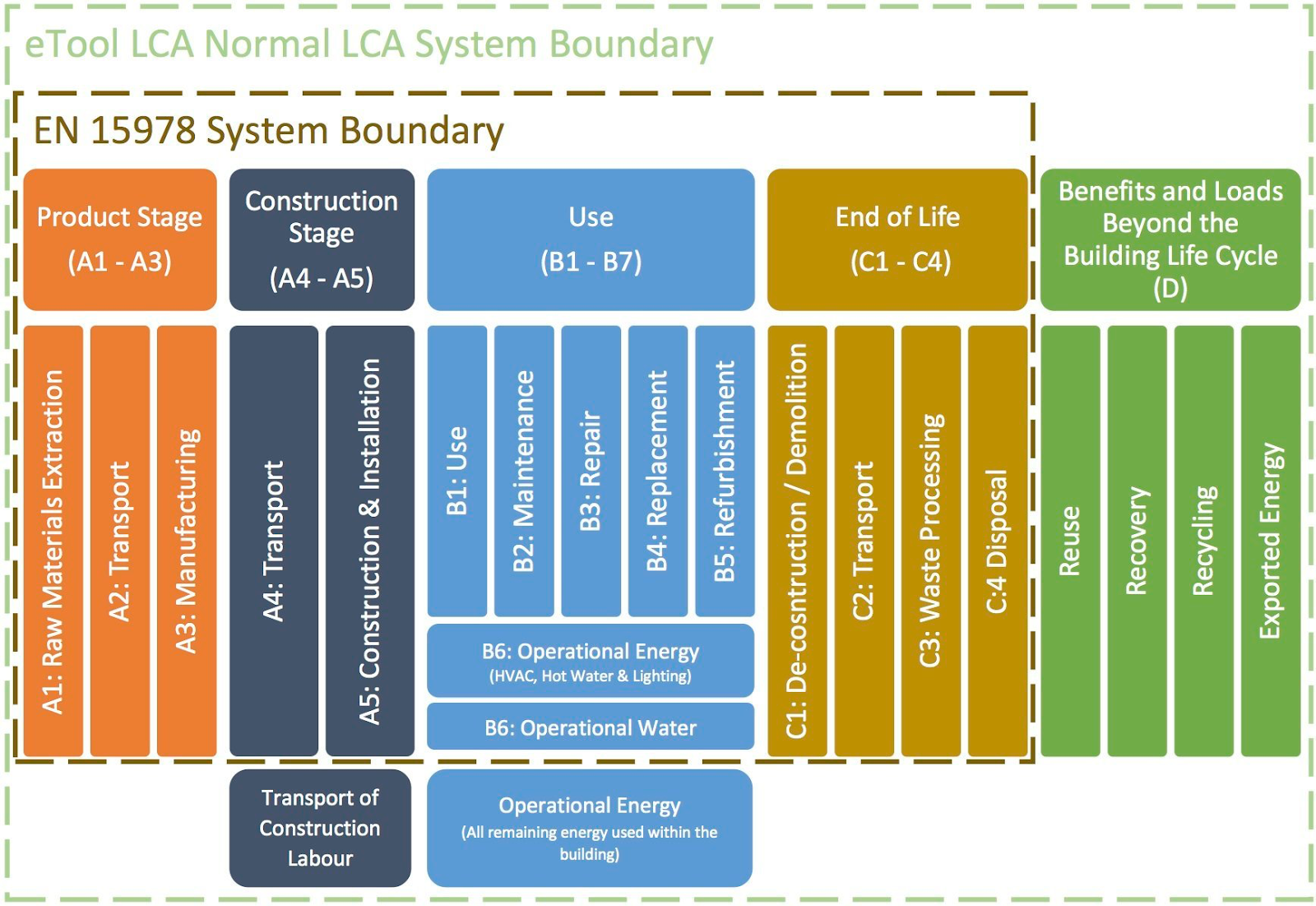By Professor Ross Donaldson
Professor Donaldson’s background as an Architect has led him to become a global sensation in the world of Health Design and sustainability. From Asia to USA, UK and Australia Ross has lectured around the world on the importance of climate change and how design can help reduce our carbon footprint. Currently the Chairperson of Bridge 42, Ross is also on the Board of the Australian Health Sustainability Council, National taskforce on Australian institute of architects taskforce on climate change, and is Adjunct Professor at Uni WA, whilst also working as a lecturer at Curtain University on in the world of sustainability.
If we see ourselves as professionals who believe the science on climate change, we must also be acting in accordance with what the science is telling us must be done. To not act accordingly is a form of climate denial.
A critical part of that science is contained in the IPCC’s Sixth Assessment Report, released earlier this year titled “Code Red for Humanity”. Its critical message is that our focus must be on 2030 and the imperative for decarbonising the economy by 50%, as a minimum.
It is generally agreed that cities and construction account for 39% of the challenge. As practitioners within the construction industry, our responsibility for 2030 is thus nearly 40% of the problem and we must embrace the challenge.
Generally, we are not even measuring how much carbon there is in the buildings we are designing. If we are not measuring, how can we accurately understand how to reduce the amount of carbon by 50% within the critical timeframe? We need to be measuring the “whole of life carbon” in our buildings.
Whole of life carbon is determined through a “Life Cycle Assessment” (LCA) measuring:
- the operational energy/carbon consumed during the life of the building;
- the embodied energy/carbon consumed during the production of the materials from which the building is constructed;
- the energy/carbon used in the construction process itself;
- maintenance and replacement; and,
- The demolition and recycling of its elements at its end of life.
The phases in the life of a building are captured in the European Standard for measuring carbon in buildings, EN15978.

Figure 1: European Standard for Measuring Carbon in Buildings EN15978
If we need to reduce whole of life carbon by 50% by 2030, and currently most buildings are produced without any measurement of their carbon, we will need to accelerate our understanding of how this is to be done. We must build the capacity and capability of clients, authorities and consultants to understand and deliver carbon measurements. It will be very difficult to move to 50% reduction without a period of measurement and reporting.
If we are to get the whole construction industry decarbonising at this rate, we can’t expect this to happen without the regulatory environment to be mandating a 50% reduction as a performance benchmark. We will therefore need the next review of the NCC in 2025 to at least mandate reporting of whole of life carbon, with performance benchmarks for 2030 being introduced in the 2028 review at the latest.
This pathway is already well developed in the UK where they are advanced in the introduction of Part Z to the UK Building Regulations, their equivalent of our NCC. They are seeking to start the introduction of reporting in 2023 and gradually elevate the carbon performance benchmarks from there. The House of Commons Environmental Audit Committee’s Report in May 2022 opens with “…the single most significant policy the Government could introduce is a mandatory requirement to undertake whole-life carbon assessments for buildings.”
On this subject the UK is showing us the way. We now need leadership from clients, approvals authorities and consultants in the measurement of whole of life carbon. If we are not prepared to sign up to this challenge, we are, by implication, “climate deniers”.
One of the challenges we have is that there has developed a form of complacency that sits around a comfort, that if we are doing something, we are doing enough. But it isn’t.
What must we do?
Start measuring.
And learning quickly how to design the carbon out – operational and embodied.